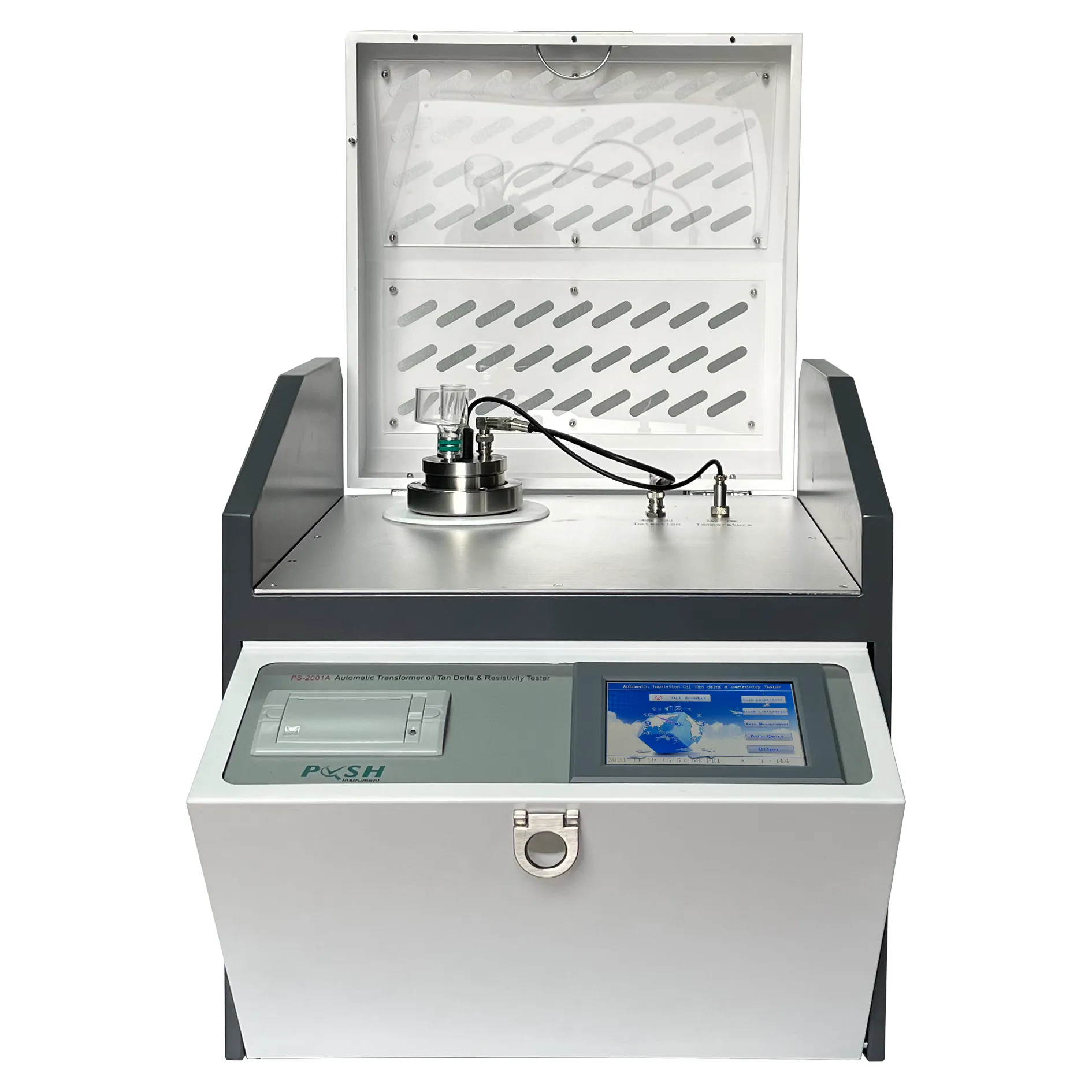 English
English


portable hipot tester
Understanding Portable Hipot Testers Essential Tools for Electrical Safety
In the world of electrical safety testing, the portable hipot tester stands out as a vital instrument. This device is designed to ensure that electrical equipment operates safely and meets regulatory standards. By applying high voltage to test the insulation and the integrity of electrical devices, the portable hipot tester plays a crucial role in preventing electrical shocks, equipment failures, and potential fire hazards.
What is a Hipot Tester?
The term 'hipot' is short for high potential. A hipot tester operates by applying a high voltage—much higher than the normal operating voltage of the device being tested—to evaluate the insulation's strength and performance. This high-voltage test simulates abnormal conditions that could occur in real-world scenarios. Thus, it allows manufacturers and safety inspectors to identify weaknesses in equipment before they become severe issues.
Importance of Portability
One of the defining features of portable hipot testers is their design, which prioritizes portability without sacrificing functionality. Compared to traditional hipot testers that are often bulky and stationary, portable models are lightweight, compact, and easy to transport. This mobility allows technicians to conduct tests at various sites, making them ideal for field testing and on-site inspections. Whether in a manufacturing facility, during onsite maintenance, or in a laboratory, these testers can easily be moved to wherever testing is needed.
How Portable Hipot Testers Work
portable hipot tester

The operation of a portable hipot tester is relatively straightforward. The device is connected to the electrical equipment under test. Once initiated, it gradually increases the voltage to the predetermined test value, monitoring the insulation's ability to withstand this stress. If the insulation fails, the tester will trigger an alarm or indication light, signalling a breakdown in insulation integrity. This testing process can help detect defects, moisture ingress, or other insulation issues that could compromise safety.
Key Features to Look For
When selecting a portable hipot tester, certain features are essential. A clear digital display can provide real-time readings, enhancing usability and precision. Additionally, adjustable voltage settings allow users to test across a range of voltages, catering to different equipment specifications. Safety features such as automatic shutdown after a failure, ground continuity tests, and compliance with relevant safety standards are also critical to ensure user and equipment safety.
Applications Across Industries
Portable hipot testers are widely used across various sectors, including manufacturing, telecommunications, and medical devices. In the manufacturing industry, they ensure that products meet safety standards before they reach consumers. In telecommunications, testing cables and connectors helps prevent electrical faults that could disrupt services. In medical devices, stringent safety requirements make hipot testing an integral part of quality assurance processes.
Conclusion
In summary, portable hipot testers are indispensable tools for ensuring electrical safety and compliance. Their portability allows for flexibility in testing environments, enabling thorough safety evaluations across various applications. As technology continues to evolve, improvements in the design and functionality of these testers promise to enhance the safety and reliability of electrical devices even further. By proactively addressing insulation integrity, industries can mitigate risks, ensuring a safer environment for both manufacturers and end users alike.
-
Differences between open cup flash point tester and closed cup flash point testerNewsOct.31,2024
-
The Reliable Load Tap ChangerNewsOct.23,2024
-
The Essential Guide to Hipot TestersNewsOct.23,2024
-
The Digital Insulation TesterNewsOct.23,2024
-
The Best Earth Loop Impedance Tester for SaleNewsOct.23,2024
-
Tan Delta Tester--The Essential Tool for Electrical Insulation TestingNewsOct.23,2024





